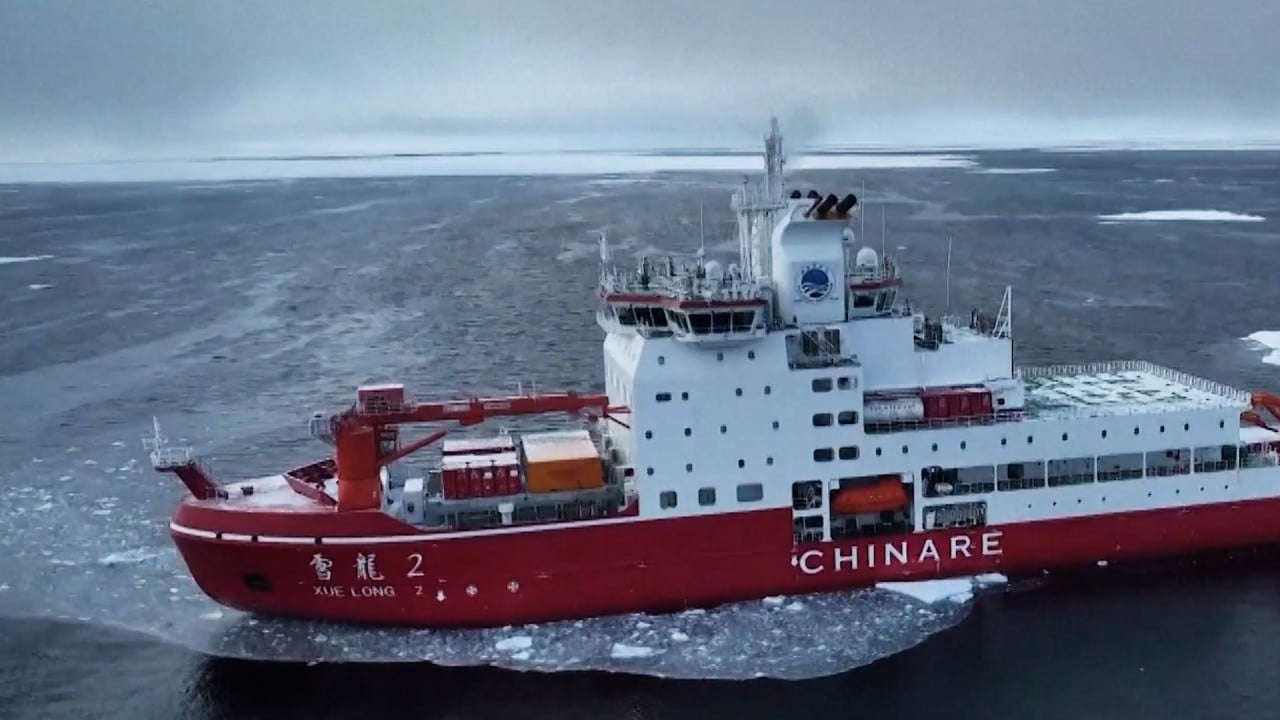The United States will expand its military readiness and surveillance in the Arctic given heightened Chinese and Russian interest coupled with new risks brought on by accelerating climate change, the Pentagon said in a new report.
Measures are needed “to ensure the Arctic does not become a strategic blind spot” as melting ice makes the region more accessible economically and militarily, according to the Defence Department’s 2024 Arctic Strategy released on Monday.

“We’ve seen growing cooperation between the PRC and Russia in the Arctic commercially, with the PRC being a major funder of Russian energy exploitation in the Arctic,” Deputy Secretary of Defence Kathleen Hicks told journalists, using an abbreviation for the People’s Republic of China.
The Pentagon also said it needs better modelling and forecasting of the rapidly changing environment to prepare for potential combat in increasingly unpredictable conditions so far north.

China, while not an Arctic nation, is attempting to gain influence, access “and play a larger role in regional governance”. It operates three icebreakers in the region for dual civil-military research and has tested unstaffed underwater vehicles and polar-capable fixed-wing aircraft, the Pentagon said.
The region’s strategic importance is also changing as sea ice melts, meaning the Bering Strait between Alaska and Russia and the Barents Sea north of Norway “are becoming more navigable and more economically and militarily significant”, according to the report.
Russia has in recent years strengthened its military presence in the Arctic by reopening and modernising several bases and airfields abandoned since the end of the Soviet era, while China has poured money into polar exploration and research.
Russia has “a clear avenue of approach to the US homeland through the Arctic” and could use its capabilities there to stop the US from responding to crises in Europe or the Indo-Pacific region. Its maritime infrastructure could also allow it to control the Northern Sea Route, even in areas where it has no legal claims, according to the report.
“The Arctic may experience its first practically ice-free summer by 2030, and the loss of sea ice will increase the viability of Arctic maritime transit routes and access to undersea resources,” the report says.
“Increases in human activity will elevate the risk of accidents, miscalculation, and environmental degradation,” and US forces “must be ready and equipped to mitigate the risks associated with potential contingencies in the Arctic.”
Additional reporting by Agence France-Presse


